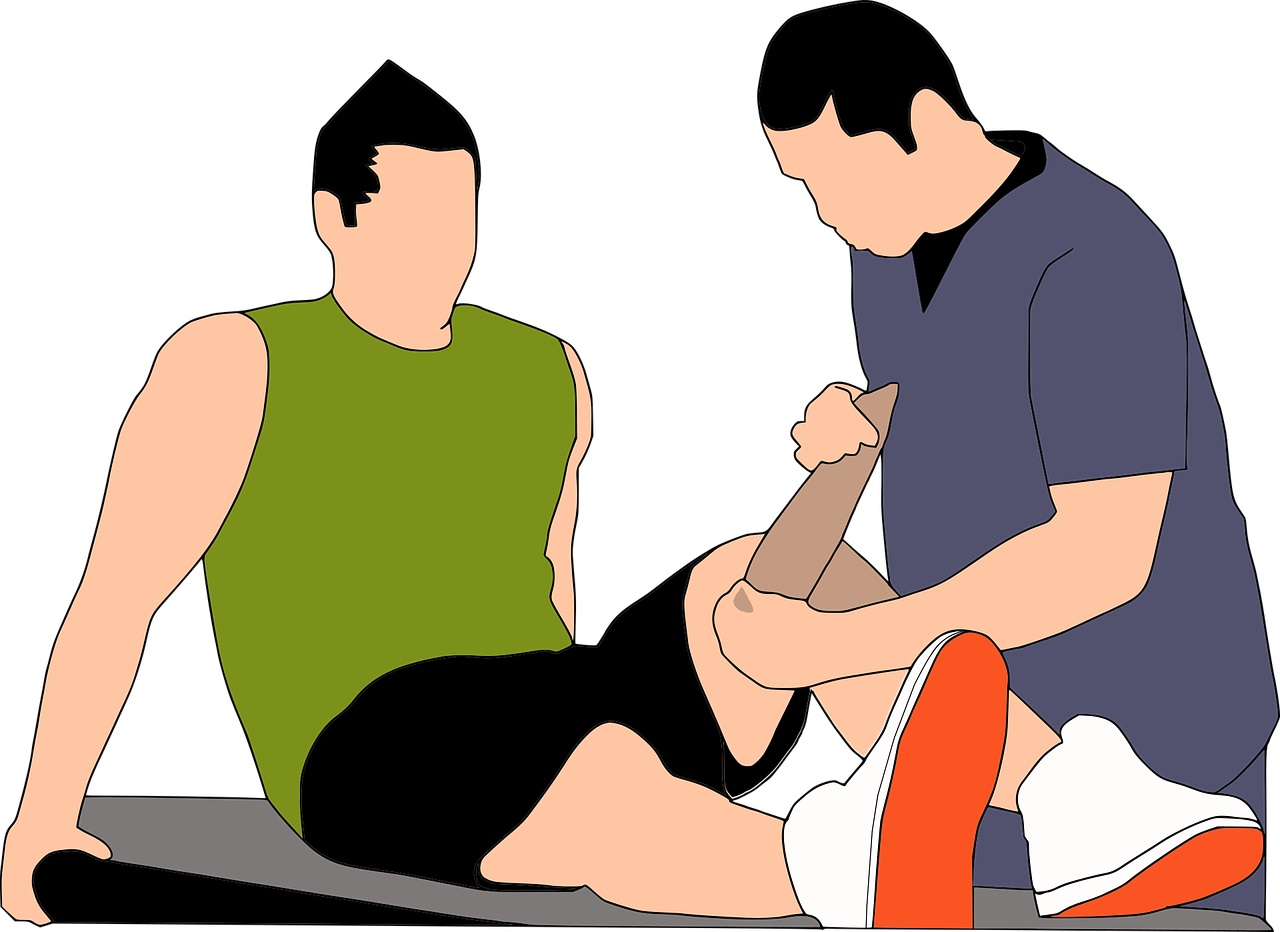
Although sprains and strains have very similar causes and symptoms, they are very different injuries. Whereas sprains are an injury to the ligaments, strains refer to the tearing or stretching of muscles and/or tendons.
Sprains and strains are two of the most common injuries that span across both sports and everyday life. They can happen to anyone at any time and anywhere – from walking down the stairs to game time. There are also many causes of the injuries, including alignment problems as well as accidents.
Although most people have experienced a sprain or strain at some point in their lives, many people don’t know the difference between the two injuries. They have very similar symptoms. Furthermore, what can cause a sprain can also result in a strain. Despite their similarities, sprains and strains are very different injuries and affect different parts of the body.
Sprains 101
The Mayo Clinic gives the most direct description and definition of a sprain:
A sprain is a stretching or tearing of ligaments — the tough bands of fibrous tissue that connect two bones together in your joints. The most common location for a sprain is in your ankle.
Sprains are not typically serious. However, if not properly recovered from, they can lead to muscle imbalances. These imbalances and weaknesses occur due to favoring the area of the body that’s in pain. For example, limping from a sprained ankle can lead to hip problems and even knee problems as you put more stress and stress on the side that’s not in pain.
Sprains occur when you stress a joint so much so that you end up overextending or even tearing a ligament. The most affected joints are ankles, knees, and wrists. Such occurrences as rolling your ankle, falling on your wrist, or overextending your leg at the knee can all result in a sprain. Symptoms of a sprain include pain, swelling, lack of mobility in the joint, or even hearing or feeling a pop at the time of injury.
Handpicked Content: Is It Just Soreness Or Are You Injured? Targeted Strengthening Exercises Help Prevent Injuries Is It Possible To Predict An Injury? Ice Vs. Heat: When To Use Each One
Strains 101
Unlike a sprain that affects the joints and ligaments, a strain is the overstretching of a muscle or tendon, according to the Mayo Clinic.
A strain is a stretching or tearing of muscle or tendon. A tendon is a fibrous cord of tissue that connects muscles to bones. Strains often occur in the lower back and in the hamstring muscle in the back of your thigh.
Lifting incorrectly, slipping, and wrong alignment during exercises can all result in a strain. Typically, this can result in what’s called an acute strain, when the muscle is strained or pulled to the point of injury. However, chronic strains can occur during any movement or exercise that is prolonged or repetitive, such as baseball, tennis, and golf.
With both sprains and strains, you increase risk when you’re poorly trained, overly tired, have overtrained, are improperly warming up. Environmental conditions such as slippery surfaces also increase risk.
Recovering From Sprains & Strains
Strains and sprains typically don’t require medical attention and can be taken care of at home with rest, ice and elevation. It’s important to recover fully from a strain or sprain, waiting to get back to your usual activities until pain has completely subsided. If you return to activity and pain continues, it means you’re not ready and further treatment is needed.
Sometimes, a sprain or strain can be serious enough to seek medical attention as it can lead to more serious injuries such as fractures. You should see a doctor if you can hardly move, barely walk without pain, or have pain around the bones of the affected joint. Furthermore, you should seek the help of a physical therapist if your injuries are reoccurring as this can indicate a further problem.
Related Content:
Injury Prevention After An Injury
The Signs And Symptoms Of Overtraining
Injury Prevention 101


